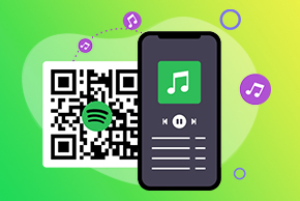
Birçok avantajı olan ücretsiz QR kodları oluşturun: |
|
1.
Kodun kendisini değiştirmeden QR kodunun içeriğini düzenleyin;
|
|
2.
QR kodunuz için bir şifre belirleyin. Yalnızca şifreyi bilen kullanıcılar içeriğini görüntüleyebilecektir;
|
|
3.
QR kodunu tek kullanımlık hale getirin;
|
|
4.
QR kodunun tasarımını değiştirin;
|
|
5.
Tarama istatistiklerini görüntüleyin.
|

























